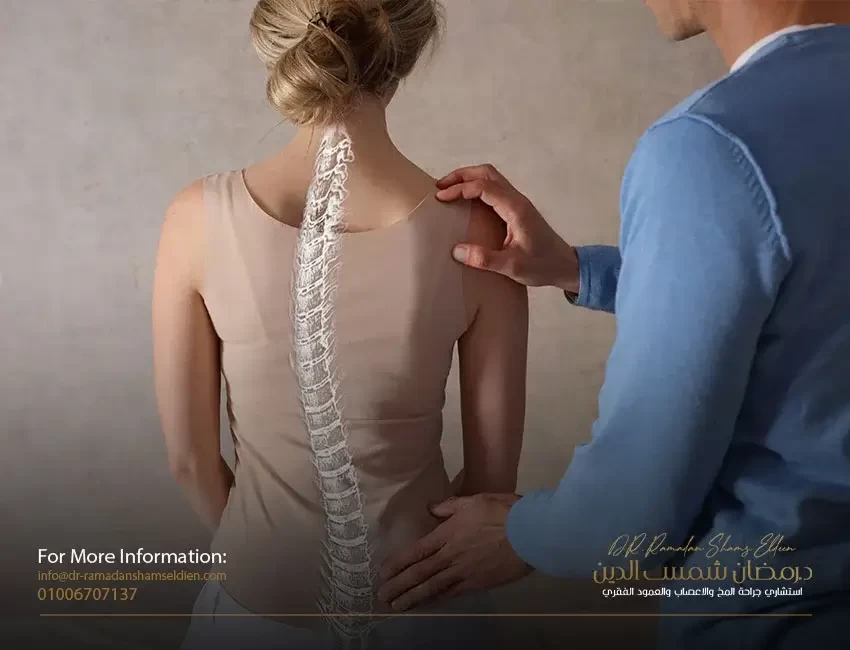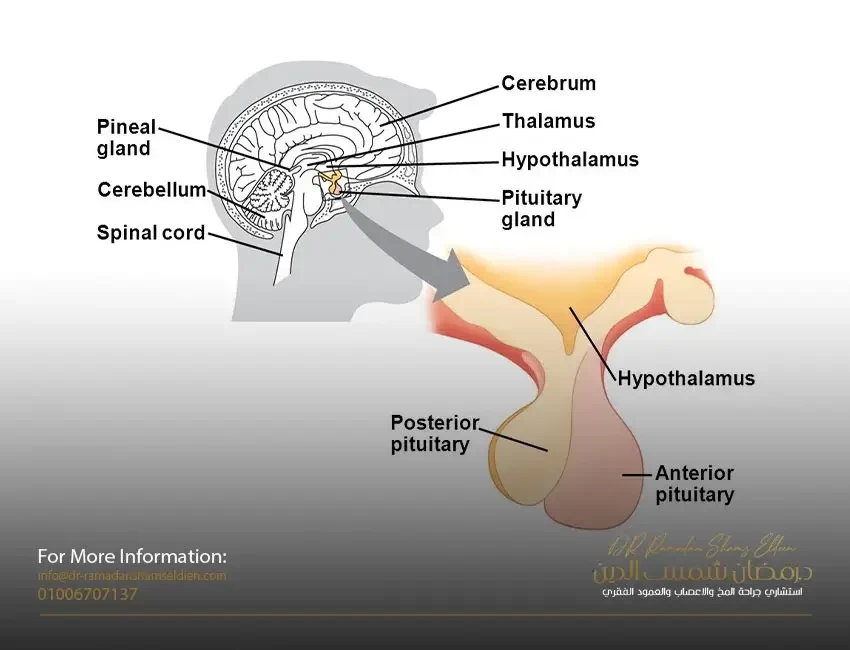Postoperative instructions
Successful surgery depends not only on the success of the procedure, but also on your cooperation and compliance with instructions during the postoperative period.
Here are the instructions and instructions
everyday activities
Walking is the best 'exercise' after surgery and you need to walk daily. Gradually increase the distance you walk until you can walk one mile within one month after surgery.
Do not lift more than 5 kg in the first four weeks after surgery.
Do not bend or twist at the waist during the first 3 months after surgery.
No "special" mattress is required after surgery.
Sleeping on a water bed that does not provide proper spinal support should be avoided.
wound care
Proper incision care helps prevent infection.
Keep the incision dry for five days after surgery.
You can shower and wet the wound after five days
. Avoid rubbing the incision site.
Avoid baths, hot tubs and swimming for a month after surgery.
Do not wash the wound directly. Gently wash the incision with soap and water, then let it air dry.
If you have a fever or chills, take your temperature with a thermometer. If you have a temperature of 38.5 degrees or higher for more than 4 hours, contact us.
Check the incision daily for redness, swelling, or water leakage. Some redness and swelling is normal.
Leaking a small amount of pure or slightly mixed blood from the incision is normal. Call us if the drainage continues for more than 2 days or if you have redness or swelling around the incision.
Do not use any alcohol creams, lotions, or ointments near or over the wound.
Avoid itching at the wound site.
pain reliever
During the recovery phase, it is common to feel some pain, numbness, tingling, and weakness in your back and legs. Nerves generally take longer to heal, so the numbness and tingling can take weeks to months to completely disappear. If you have an increase in pain once you get home, try these options to reduce the pain.
Apply ice to the back for 15-20 minutes every hour for 4 hours. Do not apply ice directly to the skin. Use pre-made ice packs or put ice in a plastic bag. Then wrap the ice pack or bag in a towel before using it.
Reduce your activity during the next 24 hours (ie walking).
You will be discharged with a prescription for your surgical pain.
The goal is to reduce your pain reliever intake for 6 weeks after surgery.
smoking
You must stop smoking.
This increases the chance that your bones will not heal properly.
Smoking reduces the rate of skin and bone healing.
Smoking also interferes with the effectiveness of your pain medications.
This can affect the success of the lumbar discectomy.
constipation
A combination of surgery and pain-relieving medications, a reduced level of activity and a change in your diet may lead to constipation.
After surgery, it's common for you to have a problem with your gut.
Increasing your fiber intake, being mobile, and taking a stool softener will help relieve this.
future follow-up
Follow-up in the clinic two weeks after surgery
Call your doctor if you have any of the following
Excessive redness, swelling, or bleeding in the affected area at the site of the incision, especially swelling around the back wound
If there is leakage from the wound and the leakage continues for more than two days.
If your temperature is 38.5 degrees or lasts longer than 4 hours.
Loss of bladder or bowel control
Redness, warmth, or tenderness in the back of the leg (lower limbs)
A constant headache that varies while you are sitting








